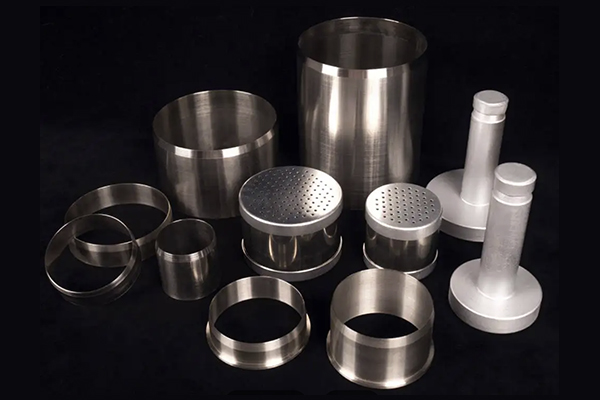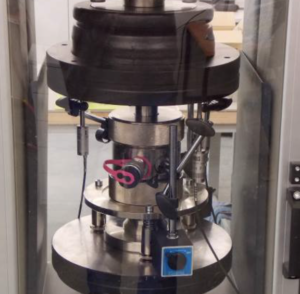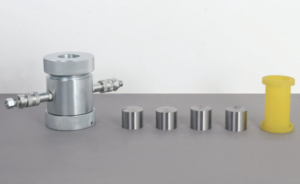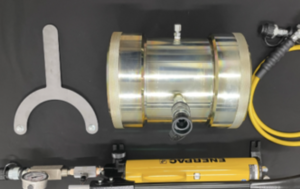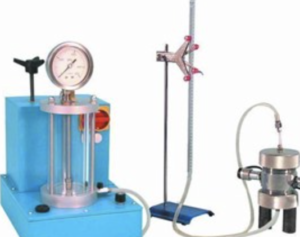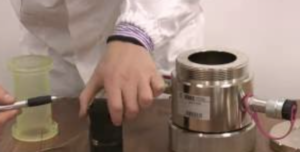Soil sampling is a fundamental step in geotechnical testing, providing essential data for a variety of construction and agricultural projects. Among the various tools available for soil sampling, the ring-knife soil sampler stands out for its precision and efficiency in collecting undisturbed soil samples. In this article, we explore the design, use, and benefits of the ring-knife soil sampler and provide guidance on maintaining this essential tool.
Introduction to Ring-Knife Soil Samplers: Design and Functionality
The ring-knife soil sampler1 is specifically designed to collect undisturbed soil samples2 from various depths, making it ideal for geotechnical investigations3, environmental studies, and agricultural testing. The sampler consists of a cylindrical metal ring with a sharp cutting edge (the "knife") that allows for easy penetration and extraction of soil samples.
Key Components:
- Cylindrical Ring: Provides structural integrity and ensures consistent sample size.
- Knife Edge: Cuts through the soil to reduce disturbance, allowing for undisturbed sampling.
- Handle: Used to drive the sampler into the soil manually or with a mechanical assist.
- Sample Extractor: Mechanism used to retrieve the collected soil core.
How It Works:
The knife edge4 helps slice through the soil while the cylindrical ring holds the soil intact, minimizing disruption. This method ensures that the sample maintains its natural structure5, which is crucial for testing the soil’s properties such as density, moisture content, and compaction.
| Component | Function |
|---|---|
| Cylindrical Ring | Maintains sample integrity |
| Knife Edge | Minimizes soil disturbance |
| Handle | Facilitates insertion and extraction |
| Sample Extractor | Retrieves the sample without damage |
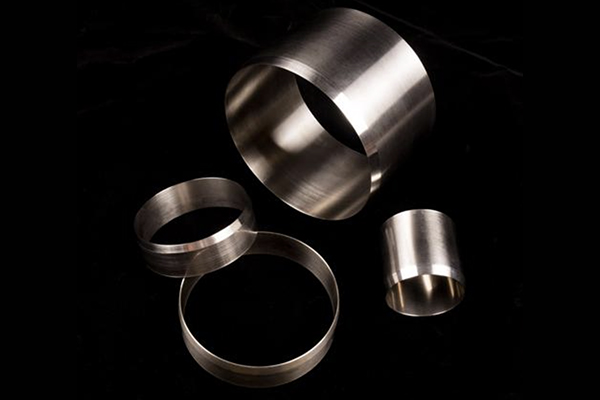
Step-by-Step Guide: How to Use a Ring-Knife Soil Sampler
Using a ring-knife soil sampler requires a systematic approach to ensure accurate and undisturbed sampling. Here’s a step-by-step guide:
1. Preparation
- Check the sampler for damage and ensure it’s properly calibrated.
- Ensure the soil is moist but not saturated to achieve the best sample quality.
2. Insertion
- Place the sharp edge of the knife on the soil surface and press down using a steady force.
- Use a twisting motion or hammer to drive the sampler into the soil at the desired depth.
- Continue until the sampler reaches the target depth.
3. Extraction
- After reaching the desired depth, use the extractor to pull the sampler out of the ground, making sure to keep the sample intact.
- Carefully remove the soil sample from the ring.
4. Sealing and Storing
- Seal the ends of the sample to prevent contamination or drying.
- Store the sample in a cool, dry place until it’s ready for analysis.
| Step | Action |
|---|---|
| Preparation | Inspect and prepare the sampler for use |
| Insertion | Drive the sampler into the soil with steady force |
| Extraction | Extract the sample carefully, minimizing disruption |
| Sealing and Storing | Seal the sample ends and store for testing |
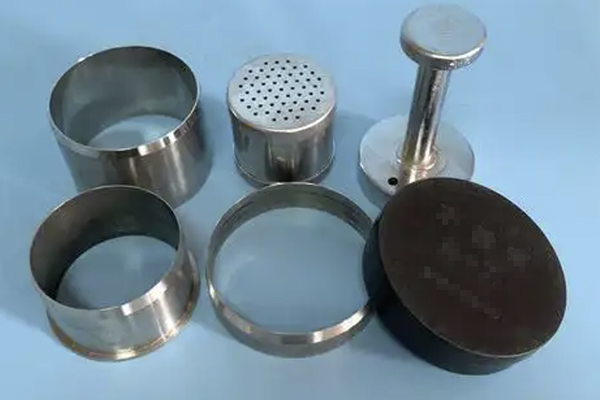
Key Benefits of Using a Ring-Knife Soil Sampler in Soil Analysis
The ring-knife soil sampler is particularly effective in scenarios where undisturbed soil samples are critical to obtaining accurate data.
Main Benefits:
- Undisturbed Sampling: The sharp knife edge ensures minimal disturbance to soil structure, preserving its natural state.
- Versatility: Ideal for a variety of soil types, including clay, sand, and loam.
- Precision: Provides highly accurate samples for measuring soil properties like moisture content, density, and shear strength.
- Ease of Use: Can be operated manually or with mechanical equipment, offering flexibility in the field.
- Cost-Effective: Compared to other soil sampling techniques, it is relatively low-cost and simple to maintain.
| Benefit | Why It Matters |
|---|---|
| Undisturbed Sampling | Ensures soil properties are measured accurately |
| Versatility | Suitable for different soil types |
| Precision | High-quality samples lead to better results |
| Ease of Use | User-friendly design, suitable for manual or mechanical operation |
| Cost-Effective | Affordable and easy to maintain compared to other samplers |
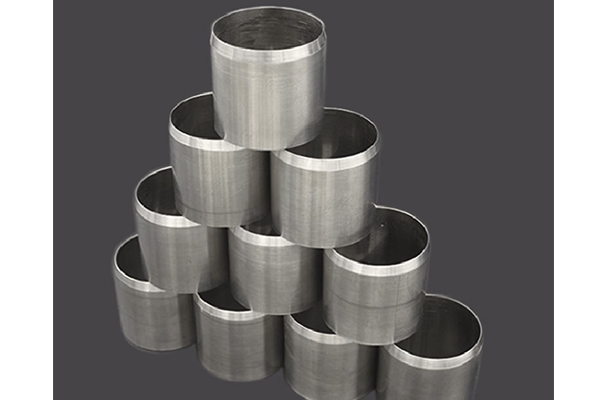
Best Practices for Maintaining and Calibrating Ring-Knife Soil Samplers
To ensure consistent performance, regular maintenance and calibration of the ring-knife soil sampler are necessary. Proper care helps maintain sample quality and extends the life of the tool.
Maintenance Tips:
- Clean after each use: Remove any soil particles from the ring and knife edge.
- Inspect for wear and tear: Check for any dullness or damage to the cutting edge, as this can affect sample quality.
- Lubricate the moving parts (handle or extractor) to prevent rusting and ease operation.
- Calibrate regularly: Ensure that the ring’s size and sharpness meet the specified standards for accurate sampling.
Calibration Considerations:
- Verify that the knife edge is sharp and the ring is free from distortion.
- Test the sampler periodically by performing a sample extraction and measuring its consistency.
| Maintenance Task | Frequency | Reason |
|---|---|---|
| Clean the sampler | After every use | Prevent soil buildup and clogging |
| Inspect for damage | Periodically | Ensure accurate performance |
| Lubricate moving parts | Annually or as needed | Avoid rust and operational issues |
| Calibrate | Annually or as required | Maintain sampling accuracy |

Conclusion
The ring-knife soil sampler offers a reliable, precise method for collecting undisturbed soil samples. By following the right procedures for usage, maintenance, and calibration, you can ensure high-quality soil data for a wide range of testing purposes. Whether for geotechnical investigations, agricultural research, or environmental studies, this tool remains an essential part of accurate soil analysis.
-
Explore this link to understand the functionality and applications of the ring-knife soil sampler in various fields. ↩
-
Learn about the significance of undisturbed soil samples in ensuring accurate geotechnical analysis and environmental assessments. ↩
-
Discover the purpose and methods of geotechnical investigations, crucial for construction and environmental safety. ↩
-
Understanding the role of a knife edge can enhance your knowledge of soil sampling techniques and their importance in maintaining sample integrity. ↩
-
Maintaining natural soil structure is vital for accurate testing results, which can influence land management decisions. ↩

